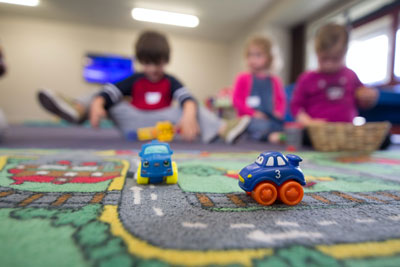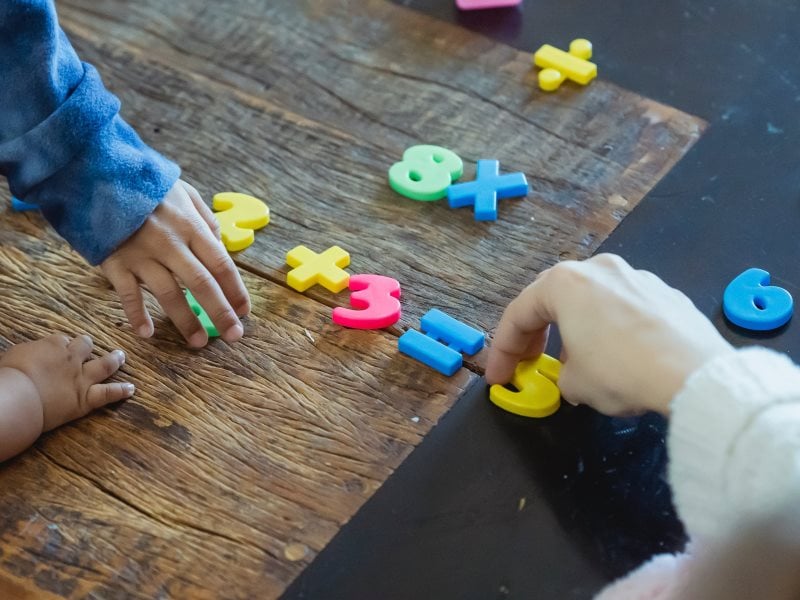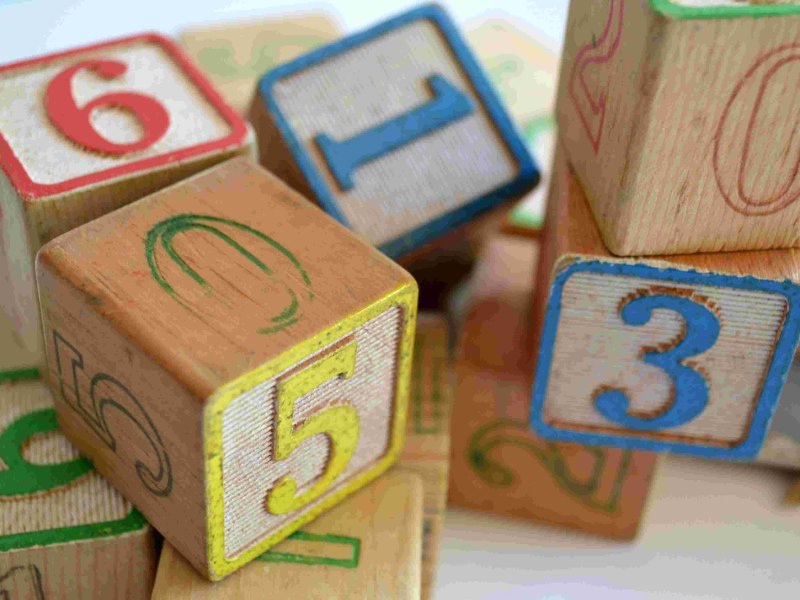
This is the NJ Math Standard for Kindergarten Students
The following are the New Jersey Mathematics State Learning Standard for Kindergarten. The standards are dense. If you want a simpler explanation on what your child should learn read our Guide to Kindergarten instead.
Kindergarten
In Kindergarten, instructional time should focus on two critical areas: (1) representing and comparing whole numbers, initially with sets of objects; (2) describing shapes and space. More learning time in Kindergarten should be devoted to number than to other topics. (1) Students use numbers, including written numerals, to represent quantities and to solve quantitative problems, such as counting objects in a set; counting out a given number of objects; comparing sets or numerals; and modeling simple joining and separating situations with sets of objects, or eventually with equations such as 5 + 2 = 7 and 7 – 2 = 5. (Kindergarten students should see addition and subtraction equations, and student writing of equations in kindergarten is encouraged, but it is not required.) Students choose, combine, and apply effective strategies for answering quantitative questions, including quickly recognizing the cardinalities of small sets of objects, counting and producing sets of given sizes, counting the number of objects in combined sets, or counting the number of objects that remain in a set after some are taken away. (2) Students describe their physical world using geometric ideas (e.g., shape, orientation, spatial relations) and vocabulary. They identify, name, and describe basic two dimensional shapes, such as squares, triangles, circles, rectangles, and hexagons, presented in a variety of ways (e.g., with different sizes and orientations), as well as three-dimensional shapes such as cubes, cones, cylinders, and spheres. They use basic shapes and spatial reasoning to model objects in their environment and to construct more complex shapes.
If you really want to read more, here is the full text: http://www.state.nj.us/education/cccs/2016/math/k.pdf





